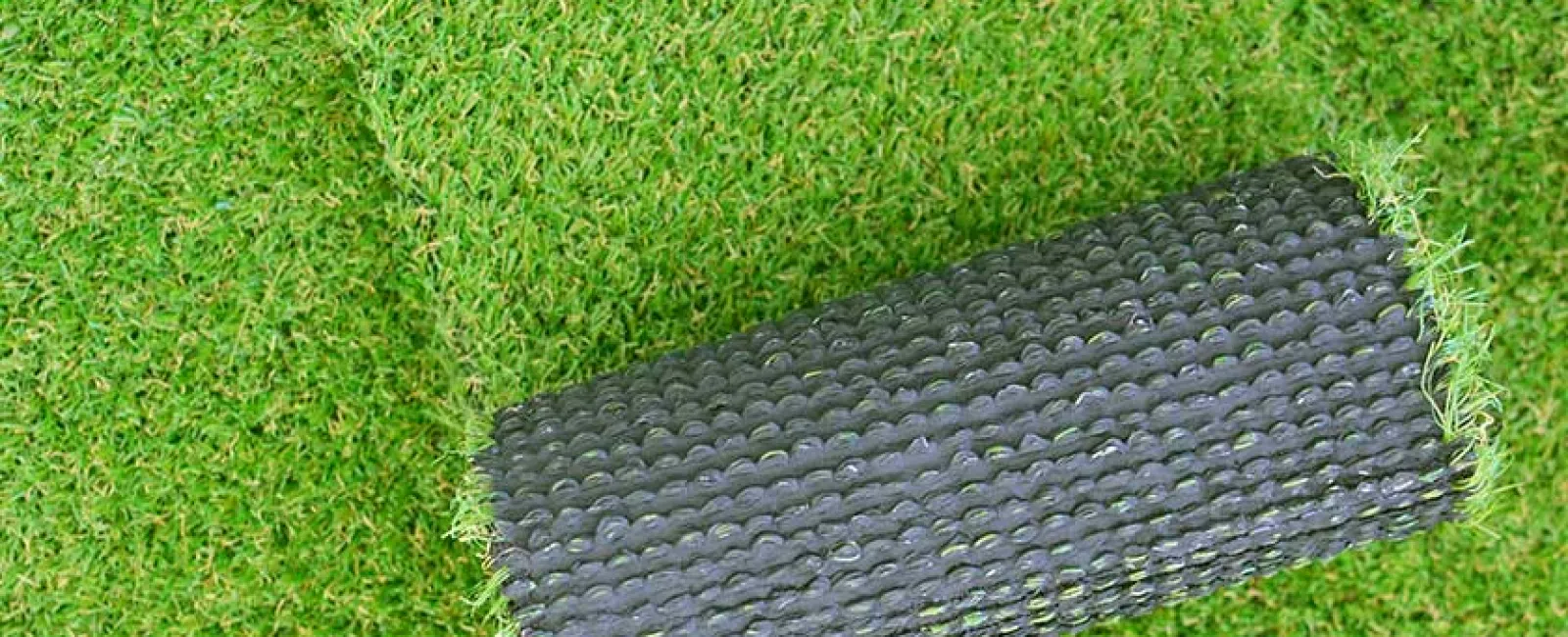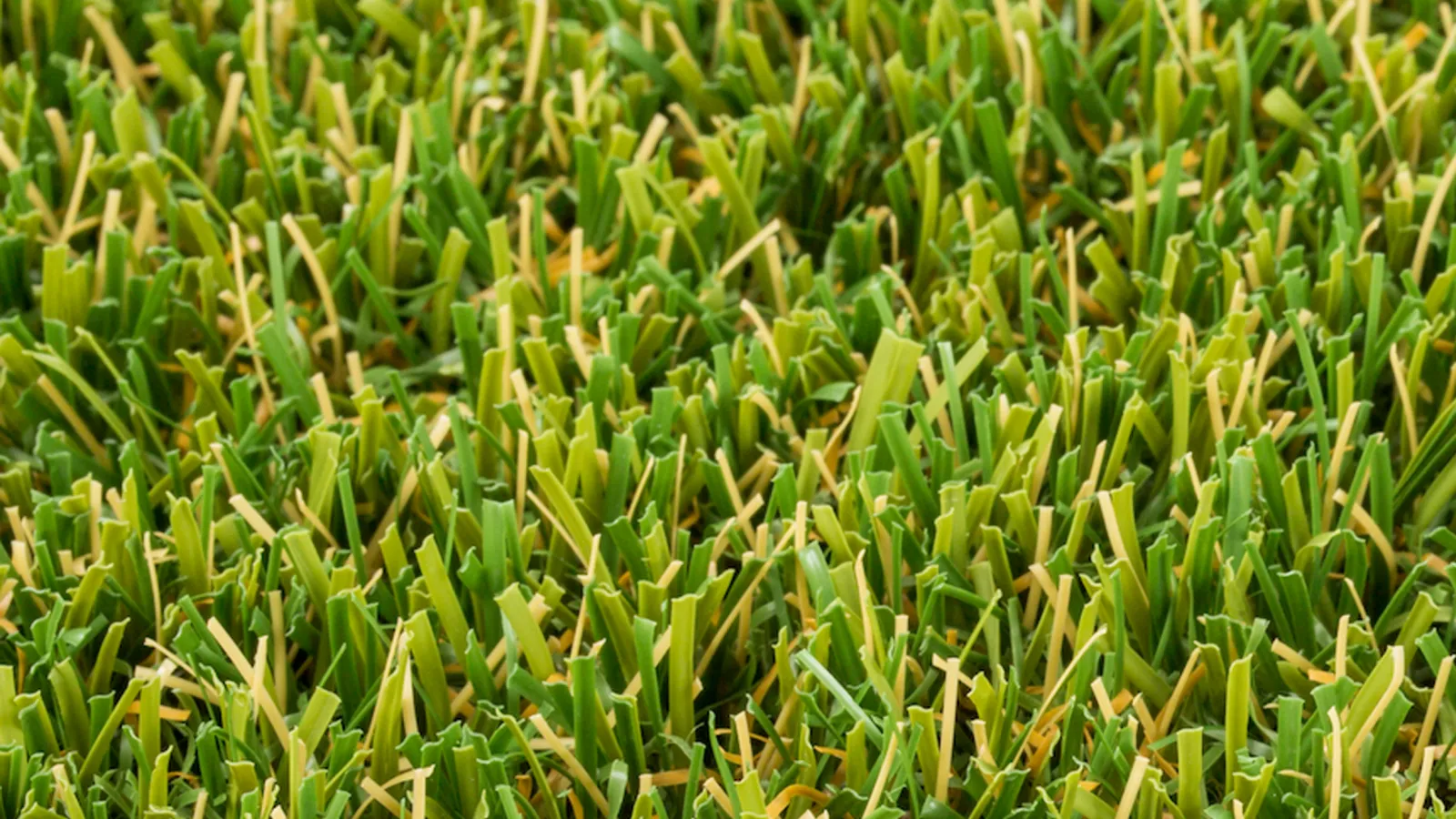When planning an outdoor project for your home, one of the biggest decisions you'll make is selecting the right type of ground covering. For those looking for a low-maintenance, green surface that lasts year-round, the debate often comes down to turf vs. artificial grass. At first glance, the two may seem interchangeable. However, there are important distinctions that can impact your space's performance, appearance, and long-term durability.
In this guide, we'll explore the key differences between artificial turf and grass alternatives, the pros and cons of each, and offer tips to help you choose the best fit for your needs.
Understanding the Terms
The terms turf and artificial grass are often used to describe the same type of surface. In many contexts, especially in the United States, "turf" is a general term for manufactured grass surfaces, while "artificial grass" tends to refer to a specific style or application. However, not all turf is created equal, and the label can mean different things depending on the product, installation, and intended use.
In athletic settings, turf usually refers to high-performance synthetic systems used on football fields or soccer pitches. In residential or commercial landscaping, artificial grass typically refers to turf products designed to mimic the look and feel of natural grass while offering easy upkeep.
Materials and Construction
Both turf and artificial grass are made using synthetic materials, but the design and texture can vary significantly. Most systems use polyethylene, polypropylene, or nylon fibers, stitched into a backing material and filled with infill to help blades stay upright.
Artificial grass for home or landscape use often features a more natural appearance. It may have mixed blade colors, soft touch finishes, and lower pile heights to replicate a freshly mowed lawn. On the other hand, sports turf is built for performance, with denser blades, high resilience, and infills designed for traction and shock absorption.
The choice between artificial grass vs. turf may come down to how realistic you want the surface to look and what type of wear it needs to handle.
Performance in Different Environments
Climate and intended usage play a major role in deciding between artificial turf vs. grass alternatives. In residential areas, especially in places with four seasons, artificial grass offers year-round green appeal without the headaches of watering, mowing, or fertilizing. It's often chosen for pet areas, playgrounds, patios, and shaded lawns where real grass struggles to grow.
Turf systems built for sports or commercial use are engineered to withstand repeated impact and constant foot traffic. While less natural-looking, they hold up well under team practices, events, and active play. That durability can make it ideal for schools, city parks, and athletic centers that need surfaces to recover quickly after use.
Maintenance Needs
One of the biggest reasons homeowners and property managers consider artificial options is the reduction in long-term upkeep. Unlike natural lawns, synthetic grass doesn't need mowing, seeding, or regular irrigation. Still, it isn't completely maintenance-free.
To keep artificial surfaces looking clean and functioning well, regular brushing, debris removal, and occasional rinsing are needed. For pet-friendly areas, rinsing with water and using enzyme cleaners helps manage odor. Turf used in sports settings might also require periodic grooming to redistribute infill and restore blade position.
Compared to natural grass, which requires seasonal fertilizing, weed control, and constant mowing, the upkeep for artificial systems is far more manageable and predictable.
Cost Comparison
Initial pricing is another factor to weigh when choosing between turf vs. artificial grass. Installation costs for synthetic products are typically higher upfront compared to planting sod or seeding a lawn. That said, artificial grass and turf systems offer major savings over time.
Without ongoing water bills, fertilizer purchases, or landscaping services, many property owners recoup the investment within a few years. It also adds visual appeal and functionality to areas that are difficult or expensive to maintain using natural grass.
For large commercial installations, turf may be more cost-effective in the long run, especially when accounting for labor and water savings. Homeowners may choose artificial grass for smaller sections like dog runs, side yards, or entertainment areas to save money while enhancing appearance.
Aesthetic Differences
Visual appeal matters. Artificial grass is designed to replicate the texture and color variation of a real lawn. It can have curled thatch layers, soft blades, and various green tones that create a natural, lush finish. This makes it a popular choice for front yards, poolside areas, and backyards where a natural appearance is preferred.
Turf, especially when intended for sports or multipurpose use, often has a more uniform, synthetic look. While it's still green and clean-looking, it may not blend as seamlessly with residential landscapes. If appearance is the top priority, artificial grass designed for home use typically wins out.
Safety and Comfort
For families with kids or pets, surface comfort is key. Artificial grass with a soft infill and shorter pile height can offer a pleasant underfoot feel while still being durable. It's also cooler underfoot in some cases, especially if installed with cooling infill.
Sports turf is designed for high-impact performance. While effective for safety in sports settings, it may be stiffer and more abrasive than grass-mimicking products. Cushioning layers and underlayments can improve safety, but comfort levels differ between product types.
If children will be playing or pets will be lounging outdoors, artificial grass made for residential spaces is typically more comfortable and less abrasive.
Water Drainage Capabilities
Proper drainage is one of the most overlooked elements when comparing artificial grass vs. turf. A high-quality installation includes a base that allows water and other liquids to move freely through the turf and into the ground or drainage system. This keeps the surface dry, reduces odor buildup, and prevents pooling during heavy rain.
Modern artificial grass is often perforated to improve drainage, especially in pet zones. Sports turf systems, meanwhile, may require more complex base grading to handle the volume of water on larger fields.
Choosing the right system for your space should take into account your area's rainfall, the surface slope, and whether you have pets using the area frequently.
Environmental Impact
Many people wonder how eco-friendly synthetic grass really is. On one hand, artificial grass eliminates the need for water, gas-powered lawn equipment, and pesticides. This reduces emissions and conserves resources.
On the other hand, synthetic turf is made from petroleum-based materials and must eventually be disposed of. However, some manufacturers are now offering recyclable turf products, and many infills are made from organic or repurposed materials.
If sustainability is part of your decision-making, speak with your installer about turf systems that use recycled materials or sustainable infill options. The long lifespan of artificial grass can also be a net positive when compared to the frequent replanting and treatment required for natural grass in tough climates.
Making the Right Choice
When deciding between turf vs. artificial grass, think about how you plan to use the space. Will the area host family events, pets, or regular sports activities? Are you prioritizing realism, or is performance and durability more important?
Artificial grass offers a soft, realistic appearance and is perfect for everyday residential use. Turf systems built for sports, on the other hand, offer high durability and consistent footing for active play. Both require an upfront investment, but the long-term payoff is reduced maintenance, fewer headaches, and a consistently attractive surface.
Understanding the differences between turf vs. artificial grass can help you make the most informed decision for your home, yard, or commercial property. From aesthetics and comfort to durability and drainage, each option brings unique strengths to the table.
At Turf Tek, we help property owners across the Northeast find the best synthetic solutions for their space. Whether you're upgrading a backyard, designing a dog run, or building a high-use athletic field, our team offers expert guidance, quality materials, and tailored installation.
To learn more about our turf and artificial grass systems, visit Turf Tek USA and explore what fits your vision.


